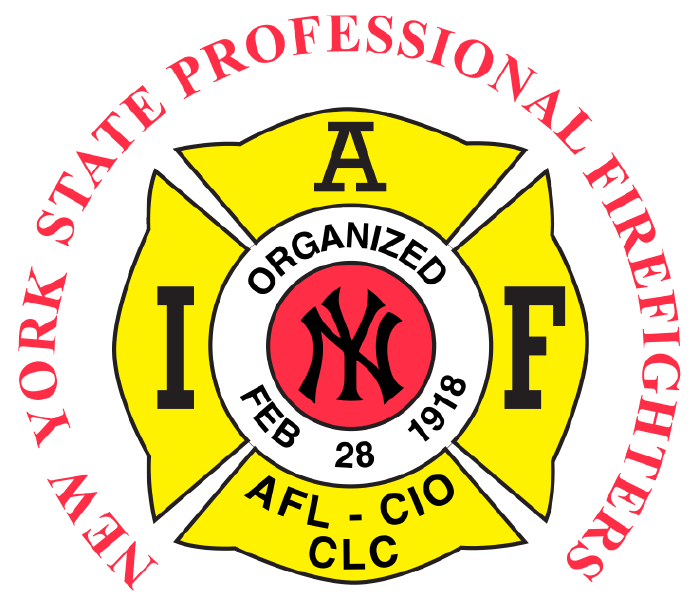Albany – Chapter 464 of the Laws of 2012 was enacted in early October and preserved the operation of two municipal emergency medical service programs by New York’s brave professional fire fighters, drawing the praise of the New York State Professional Fire Fighters Association (NYSPFFA) and two upstate cities – Utica and Glens Falls – that were in immediate jeopardy of losing these vital services.
Chapter 464 – or A. 9943-C (Brindisi) / S. 7013-C (Little) – amended the state’s public health law requiring certain municipalities, cities and fire districts to prove “public need” to continue operations of advanced life support services or municipal ambulance services.
Article 30 of the state’s Public Health Law places burdensome requirements and restrictions on municipalities that seek permanent operating authority after providing successful and cost-effective advanced life support programs and ambulance services under a two year temporary operating certificate.
NYSPFFA officials thanked sponsors Sen. Betty Little (R-Glens Falls), and Assemblyman Anthony Brindisi, (D-Utica) for championing the bill, as well as the governor and legislators who supported its passage.
“This legislation still requires Utica and Glens Falls to live up to the same rigorous quality control and oversight required by the state Department of Health,” said Michael McManus, NYSPFFA President. “However, the frivolous, needless and expensive process of repeatedly demonstrating public need would have continued to put the public interest and well-being at risk. We are grateful to Senator Little, Assemblyman Brindisi, Governor Cuomo and the legislators who supported it.”
Glens Falls and Utica were facing potential shut down of their respective ambulance services based on their alleged failure to prove “public need” under Article 30. Now, these cities will have their existing services reviewed directly by the state Health Commissioner based on compliance with Department of Health safety requirements.
Fire fighters are required to answer the call to all emergencies. Utica and Glens Falls are examples of cities that offset the cost of required emergency services provided to their communities, including police, fire, and other first-responder services through the operation of an ambulance service that directly serves and benefits the taxpayers.
Currently, before a permanent operating certificate for advanced life support services is issued by the state, a municipality or fire district must show “public need” before a Regional Emergency Medical Services Councils (REMSCOs) and if necessary the State Emergency Medical Council (SEMSCO).
“Municipalities and fire districts spend time and resources developing first-responder programs and training the appropriate personnel. They are well-qualified to make health, safety and financial decisions on behalf of their communities,” McManus said. “This law addressed the immediate need of Utica and Glens Falls, now we are working to provide assurance that these programs will not be jeopardized statewide.”
